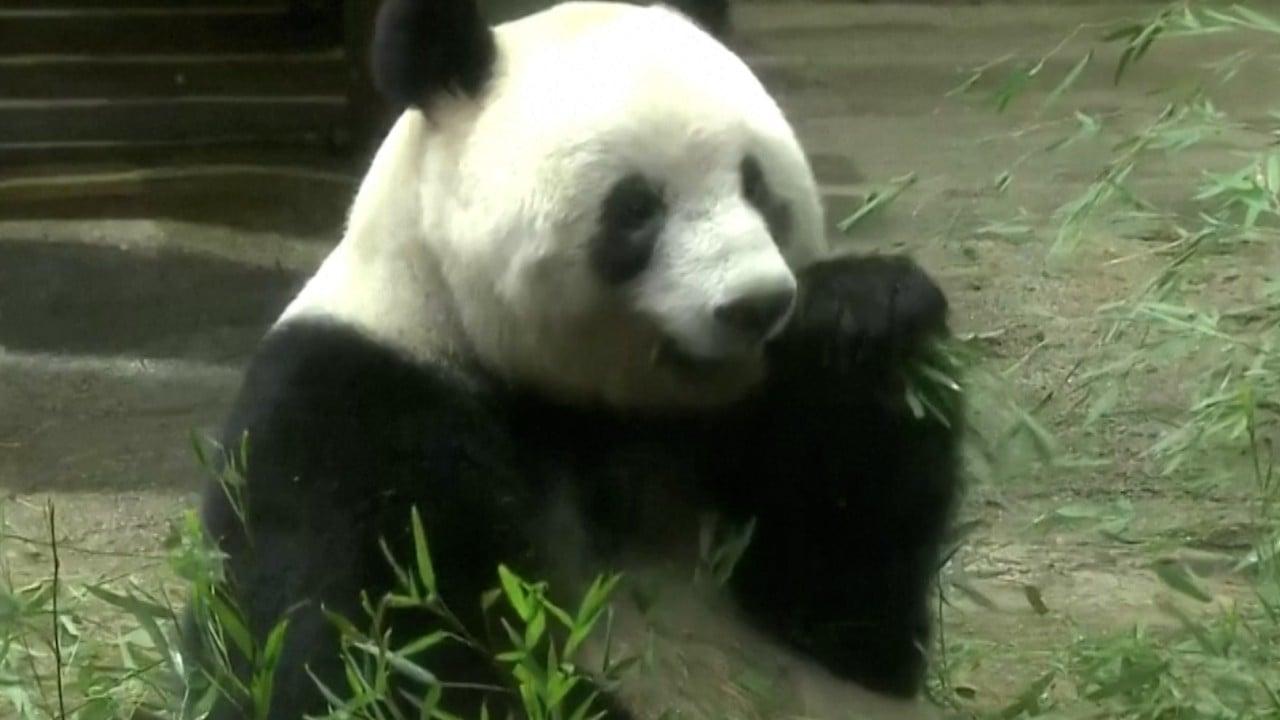
Chinese experts said Ya Ya had some hair loss caused by skin disease. Previous medical reports indicated she had a good appetite and a stable weight.
The Memphis Zoo applied for a permit to re-export Ya Ya and the remains of Le Le to the Shanghai Zoo in China “for the purpose of enhancing the propagation or survival of the species”, according to the US Fish and Wildlife Service.
Under the US Endangered Species Act, the application notice will be open for public comment for one month until April 12 before permits can be issued.
A spokesman for the US zoo told Reuters late last year that the return was part of an agreement with China that required foreign zoos to allow loaned pandas to spend their final days on Chinese soil.
Shanghai News Radio reported that Ya Ya would spend more than a month in quarantine in Shanghai before flying to the Chinese capital, where an enclosure was being built for her.
It quoted a Beijing Park Management Centre staff member as saying that it was not certain that Ya Ya could return to China on April 7, when her loan agreement expired.
Animal rights groups had claimed the zoo was mistreating the pandas, claims the Memphis Zoo rejected. The zoo also denied the return of the pandas was related to the claims.
For decades, China has sent pandas overseas as a diplomatic tool to strengthen ties. In 1972, after US president Richard Nixon met Chinese leader Mao Zedong, China gave pandas Ling Ling and Xing Xing to the United States.
Most pandas go to developed countries with geopolitical clout that can pay the panda leasing fees of up to US$1 million annually and cover the cost of their special enclosures and diet.
The top panda recipients in 2019 – the US with 11, Japan with nine and South Korea with four – were also among China’s biggest trading partners.


